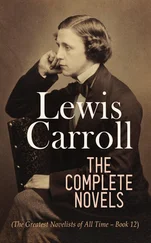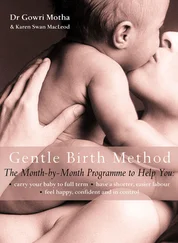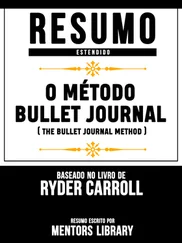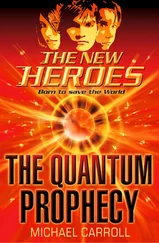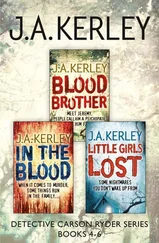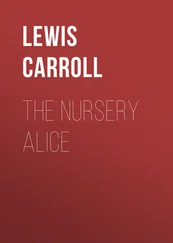PRAISE FOR THE BULLET JOURNAL METHOD
“Bullet journaling is one of the most elegant and effective productivity systems I’ve ever encountered. It will not only help you get more organized but will also help you become a better person. I highly recommend this book (and the method it details) for anyone looking to get more out of life.”
—Cal Newport, author of Deep Work
“Whether you are an avid journaler or have always wanted to explore the benefits of journaling, The Bullet Journal Method simplifies the power of putting pen to paper and will undoubtedly transform your life, in more ways than you can imagine.”
—Hal Elrod, author of The Miracle Morning
“Ryder has done an extraordinary job in sharing a comprehensive and hands-on methodology to implement the powerful practice of externalizing our thinking—no matter what it’s about! It’s a great treatise and manual for freeing and directing our consciousness, with lots of tips about how to play in that big and wonderful game.”
—David Allen, author of Getting Things Done
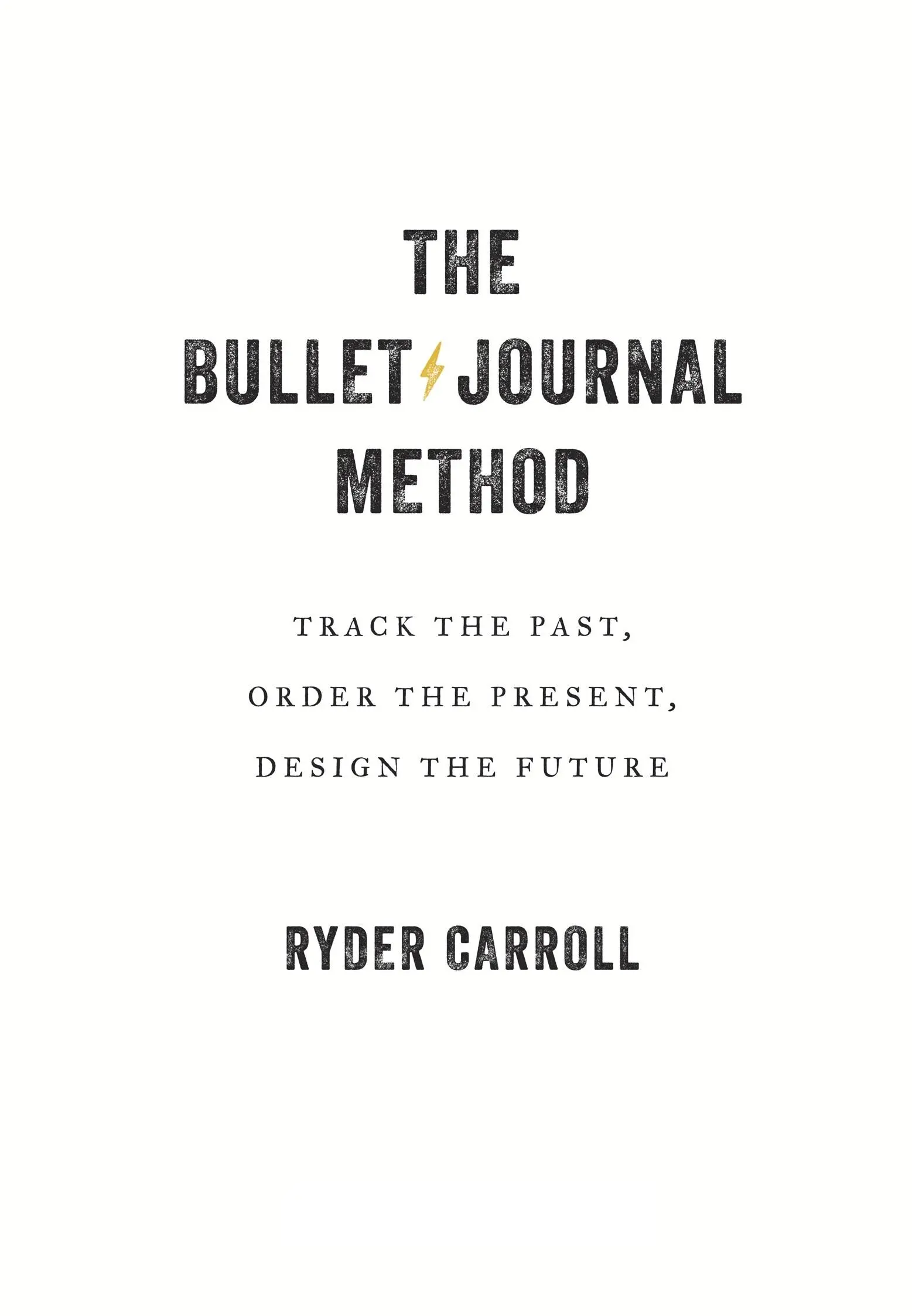
4th Estate
An imprint of HarperCollins Publishers
1 London Bridge Street
London SE1 9GF
www.4thEstate.co.uk
This eBook first published in Great Britain by 4th Estate in 2018
First published in the United States by Portfolio/Penguin, an imprint of Penguin Random House LLC in 2018
Copyright © 2018 by Ryder Carroll
Ryder Carroll asserts the moral right to be identified as the author of this work
Original artwork throughout this book courtesy of Dee Martinez, Eddy Hope, and Kim Alvarez, Kara Benz, and Sandy Mendel.
Book design by Meighan Cavanaugh
A catalogue record for this book is available from the British Library
While the author has made every effort to provide accurate telephone numbers, Internet addresses, and other contact information at the time of publication, neither the publisher nor the author assumes any responsibility for errors, or for changes that occur after publication. Further, the publisher does not have any control over and does not assume any responsibility for author or third-party websites or their content.
All rights reserved under International and Pan-American Copyright Conventions. By payment of the required fees, you have been granted the non-exclusive, non-transferable right to access and read the text of this e-book on-screen. No part of this text may be reproduced, transmitted, down-loaded, decompiled, reverse engineered, or stored in or introduced into any information storage and retrieval system, in any form or by any means, whether electronic or mechanical, now known or hereinafter invented, without the express written permission of HarperCollins
Source ISBN: 978-0-00-826137-5
Ebook Edition © September 2019 ISBN: 978-0-00-826138-2
Version: 2018-10-30
TO MY PARENTS FOR JUST ABOUT EVERYTHING
TO THE BULLET JOURNAL COMMUNITY FOR DARING
THANK YOU,
RYDER
Cover
Praise
Title Page
Copyright
Dedication
Epigraph
PART I—THE PREPARATION
Introduction
The Promise
The Guide
The Why
Decluttering Your Mind
Notebooks
Handwriting
PART II—THE SYSTEM
Rapid Logging
Topics and Pagination
Bullets
Tasks
Events
Notes
Signifiers and Custom Bullets
Collections
The Daily Log
The Monthly Log
The Future Log
The Index
Migration
The Letter
Set up
PART III—THE PRACTICE
Beginning
Reflection
Meaning
Goals
Small Steps
Time
Gratitude
Control
Radiance
Endurance
Deconstruction
Inertia
Imperfection
PART IV—THE ART
Custom Collections
Design
Planning
Lists
Schedules
Trackers
Customization
Community
PART V—THE END
The Correct Way to Bullet Journal
Parting Words
Frequently Asked Questions
Thank You
Notes
Content
About the Author
About the Publisher
T.O.C. vs. Index:In the Bullet Journal we combine the table of contents and a traditional index to keep the content in your notebook organized and easily accessible. You can read more about this on this page.
Let us postpone nothing. Let us balance life’s account every day. . . . One who daily puts the finishing touches to his life is never in want of time.
—SENECA, Moral Letters to Lucilius
The mystery box arrived unannounced. Stranger still, there was my mother’s unmistakable block script adorning the address label. Maybe a surprise gift, for no particular occasion or reason? Unlikely.
Opening the box revealed a mess of old notebooks. Perplexed, I fished out a nuclear orange one covered in graffiti. Its pages brimmed with rough illustrations of robots, monsters, battle scenes, and wildly misspelled words. Different kinds of . . . a chill went down my spine. These were mine!
I took a deep breath and dove in. This was more than a trip down memory lane. It was like reentering the husk of an all-but-forgotten self. As I leafed through another notebook, a folded sheet fell from its pages. Curious, I unfolded it to find a grotesque rendering of a very angry man. He was yelling so hard that his eyes bulged and his tongue flapped out of his mouth. Two words were written on the page. One small word, shyly tucked into a corner, revealed the identity of the apoplectic man: an old teacher of mine. The other large jagged word, the one revealing the target of his rage, was my name.
My problems started early in elementary school with the terrible grades, the red-faced teachers, the resigned tutors. My performance was so alarming that I spent a good amount of my summers in special schools and psychologists’ offices. Eventually I was diagnosed with attention deficit disorder (ADD). This was back in the 1980s, when mullets were better understood than my condition. The few resources that were available were either too complicated or proscriptive to prove helpful, or didn’t fit my needs. If anything, they salted the wound. Nothing worked the way that my mind worked, so I was left largely to my own dull devices.
The main culprit was my inability to rein in my focus. It wasn’t that I couldn’t focus; I just had a hard time concentrating on the right thing at the right time, on being present. My attention would always dart off to the next bright thing. As I cycled through distractions, my responsibilities steadily piled up until they became overwhelming. I often found myself coming up short or trailing behind. Facing those feelings day in, day out led to deep self-doubt. Few things are more distracting than the cruel stories we tell ourselves.
I admired my successful peers, with their unwavering attention and their notebooks brimming with detailed notes. I became fascinated with order and discipline, qualities that to me seemed as beautiful as they did foreign. To unravel these mysteries, I started devising organizational tricks designed to embrace the way my mind worked.
Through trial and a lot of error, I gradually pieced together a system that worked, all in my good old-fashioned paper notebook. It was a cross between a planner, diary, notebook, to-do list, and sketchbook. It provided me with a practical yet forgiving tool to organize my impatient mind. Gradually, I became less distracted, less overwhelmed, and a lot more productive. I realized that it was up to me to solve my challenges. More importantly, I realized that I could!
Читать дальше
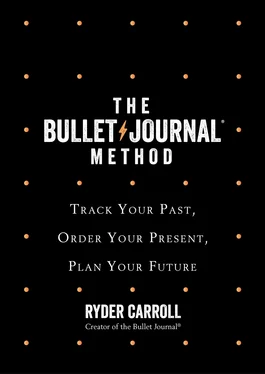


![Райдер Кэрролл - Bullet Journal метод [litres]](/books/407399/rajder-kerroll-bullet-journal-metod-litres-thumb.webp)
